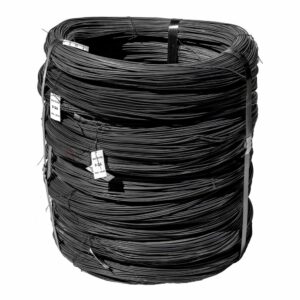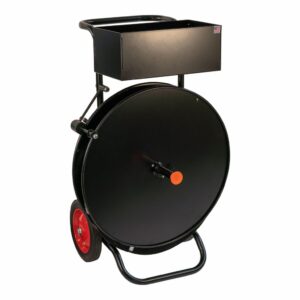Description
Sound underlay, commonly known as acoustic underlayment, is a crucial element in construction designed to minimize noise transmission and enhance acoustic performance within buildings. Installed beneath flooring materials, sound underlay serves to reduce impact noise, airborne sound, and vibrations, contributing to a quieter and more comfortable living or working environment.
Key Features of Sound Underlay:
- Noise Reduction:
- Impact Noise: Sound underlay effectively absorbs and dampens impact noise generated by footsteps, dropped objects, or other physical interactions with the floor, preventing the transmission of sound to lower levels.
- Airborne Noise: It also helps reduce airborne noise, such as voices or music, by acting as a barrier that absorbs and isolates sound.
- Vibration Isolation:
- Sound underlay minimizes vibrations, preventing them from traveling through the floor structure. This is particularly important in multi-story buildings where vibrations from one level can disturb occupants on another.
- Versatile Applications:
- Suitable for various flooring types, including hardwood, laminate, carpet, and tile, sound underlay is versatile and adaptable to different construction and design requirements.
- Thermal Insulation:
- Many sound underlay materials offer additional thermal insulation benefits, contributing to energy efficiency by helping to regulate indoor temperatures. This dual functionality enhances overall comfort in spaces.
- Easy Installation and Compatibility:
- Designed for user-friendly installation, sound underlay is often available in rolls, sheets, or interlocking tiles. Its compatibility with different flooring materials makes it a convenient choice for construction projects, allowing for seamless integration into various floor systems.
- Durability and Longevity:
- Quality sound underlay materials are durable and resilient, maintaining their performance over time. They can withstand the pressures of daily foot traffic and furniture loads, ensuring a long-lasting solution for noise control.
Incorporating sound underlay in construction projects is a strategic choice to create acoustically comfortable and compliant spaces. Whether in residential, commercial, or industrial settings, the proper selection and installation of sound underlay contribute significantly to the overall quality and enjoyment of a building by minimizing unwanted noise and enhancing the acoustic environment









Reviews
There are no reviews yet.